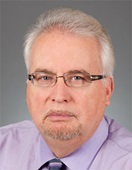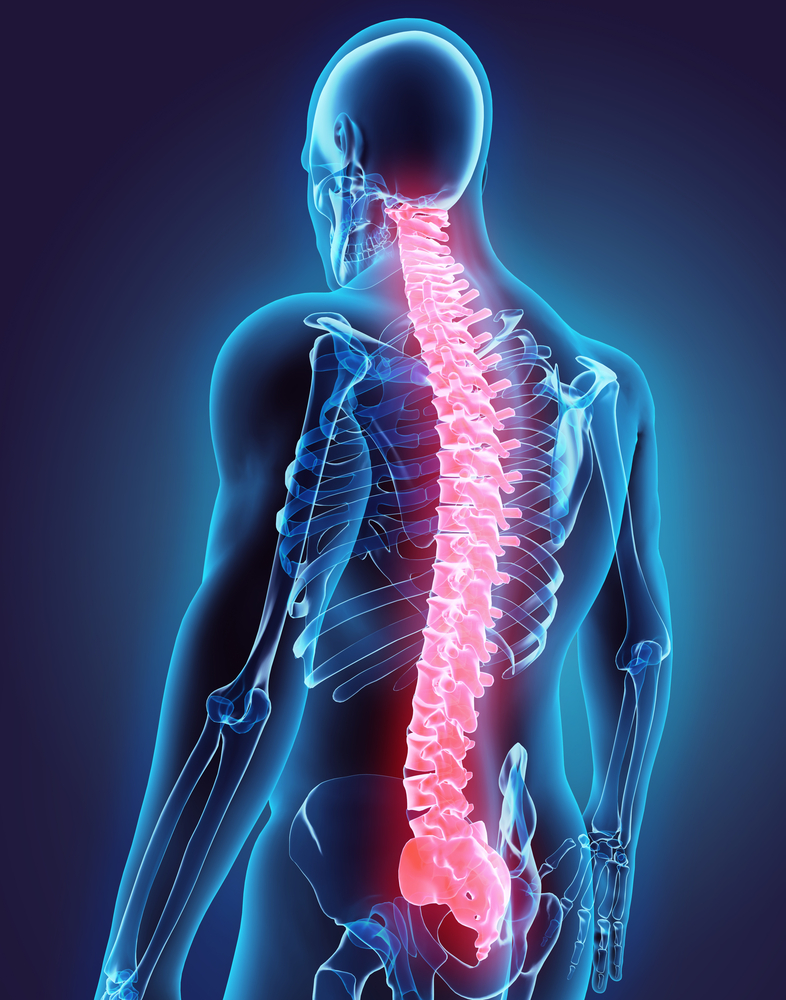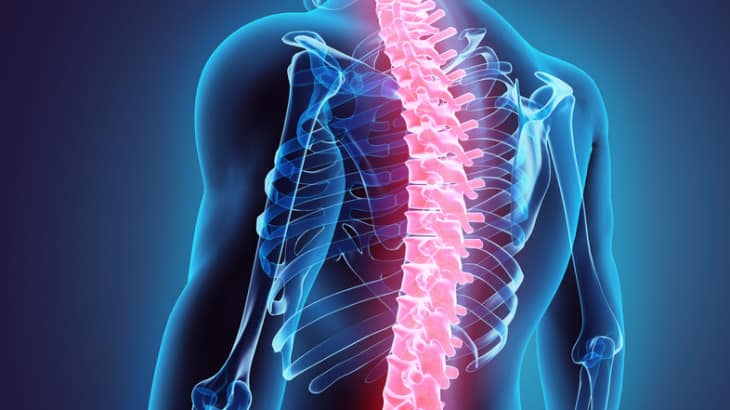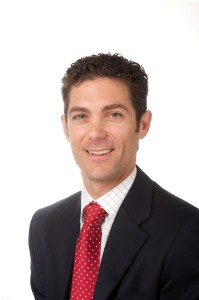Program Overview
In this module of a Five-Part Expert Interview Series, Dr. Basil Darras, along with Dr. Robert Graham, will analyze the characteristics of spinal muscular atrophy, as well as discussing the diagnostic criteria. The faculty will discuss how to apply this data into clinical practice in order to improve patient outcomes.
Target Audience
Neurologists, pediatricians, primary care physicians, internists, nurse practitioners, nurses, and other healthcare professionals involved in the management of patients with SMA
Learning Objectives
1. Analyze the current science and diagnostic criteria for SMA
2. Implement recent scientific data when treating patients with SMA
Faculty
Robert J. Graham, MD
Director, C.A.P.E. and Home Ventilation Program
Associate in the Division of Critical Care Medicine
Department of Anesthesiology, Perioperative and Pain Medicine
Boston Children’s Hospital
Boston, MA
 Basil T. Darras, MD
Basil T. Darras, MD
Associate Neurologist-in-Chief
Chief-Division of Clinical Neurology
Director, Neuromuscular Center and Spinal Muscular Atrophy Program
Boston Children’s Hospital
Professor of Neurology
Harvard Medical School
Boston, MA
Disclosures of Conflict of Interest
It is the policy of AcademicCME that all faculty, instructors, and planners disclose real or apparent conflicts of interest relating to the topics of this educational activity.
The faculty reported the following financial relationships or relationships to products or devices they or their spouse/life partner have with commercial interests related to the content of this CME/CNE activity:
| Faculty | Relationship Identified With: |
| Robert J. Graham, MD | Consultant/Advisor: Biogen; Audentes Therapeutics |
| Basil T. Darras, MD | Consultant/Advisor: AveXis, Inc.; Biogen; Bristol-Myeres Squibb Company; Cytokinetics, Inc.; Marathon Pharmaceuticals LLC; PTC Therapeutics;F. Hoffmann-La Roche Ltd; Santhera Pharmaceuticals; Sarepta TherapeuticsGrant/Research Support: National Institutes of Health; National Institute of Neurological Disorders and Stroke; Slaney Family Fund for SMA; Working on Walking Fund; SMA Foundation; CureSMA; Ionis Pharmaceuticals, Inc.Speakers Bureau: Biogen |
Planners, Managers, Reviewers
Timothy Hayes, MD, PhD; Emma Boring; Chelsey Benedek and Kim Cheramie, MSN, RN-BC hereby state that they or their spouse/life partner do not have any financial relationships to products or devices with any commercial interests related to the content of this activity of any amount during the past 12 months.
Accreditation Statements
AcademicCME is accredited by the Accreditation Council for Continuing Medical Education (ACCME) to provide continuing medical education for physicians.
AcademicCME is accredited as a provider of continuing nursing education by the American Nurses Credentialing Center’s Commission (ANCC) on Accreditation. AcademicCME’s ANCC provider number is P0491.
Credit Designation Statements
AcademicCME designates this enduring material for a maximum of 0.50 AMA PRA Category 1 Credit(s)™. Physicians should claim only the credit commensurate with the extent of their participation in the activity.
AcademicCME designates this enduring material for a maximum of 0.50 CNE contact hours.
Financial Support
This activity has been supported by an independent educational grant from Biogen.
Disclosure of Unlabeled Use
This educational activity may contain discussion of published and/or investigational uses of agents that are not indicated by the FDA. AcademicCME and Biogen. do not recommend the use of any agent outside of the labeled indications.
Disclaimer
Participants have an implied responsibility to use the newly acquired information to enhance patient outcomes and their own professional development. The information presented in this activity is not meant to serve as a guideline for patient management. Any procedures, medications, or other courses of diagnosis or treatment discussed or suggested in this activity should not be used by clinicians without evaluation of their patient’s conditions and possible contraindications on dangers in use, review of any applicable manufacturer’s product information, and comparison with recommendations of other authorities.
Method of Participation
1. Read the learning objectives, accreditation information and faculty disclosures at the beginning of this activity.
2. Complete the Pre-Activity Questions.
3. Read or Review the activity content.
4. Complete the Post-Activity Test Questions and Evaluation.
5. Healthcare providers who receive a grade of 70% or better on the Post-Activity Test Questions and who complete the Evaluation will receive a CME/CNE Certificate.
6. All other participants who receive a grade of 70% or better on the Post-Activity Test Questions and who complete the Evaluation will receive a Certificate of Participation.
7. Healthcare providers should claim only the credit commensurate with the extent of their participation in the activity.
8. 60 minutes of participation = 1 CNE contact hour
CE Inquiries/Special Needs
For all CME/CNE inquiries or special needs, please contact [email protected].





